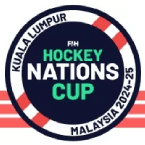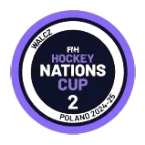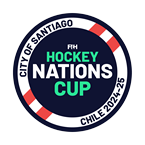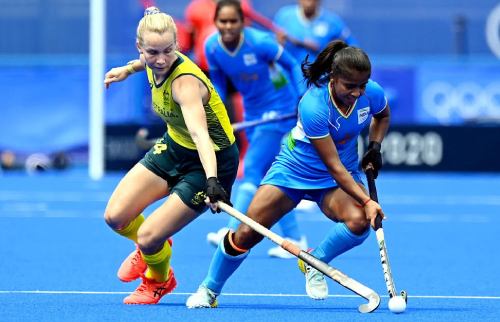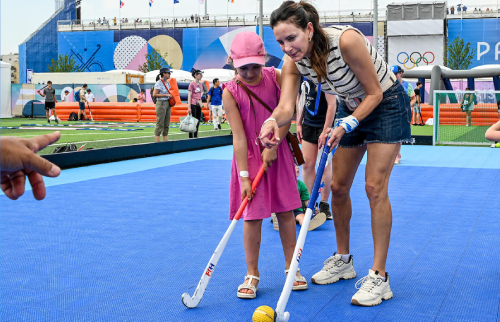
As we begin the countdown to the15th FIH Hockey Women’s World Cup Spain and Netherlands 2022, it is important that we remember and celebrate the heritage and tradition behind this blue riband event.
The previous World Cup, the Vitality Hockey Women’s World Cup London 2018 has been heralded as the biggest hockey event hosted by London, and while that is undisputed, it is certainly not the first time a version of the Women’s World Cup has been held in England. That honour goes to the International Federation of Women’s Hockey Associations (IFWHA) tournament, held in Folkestone, Kent in 1953.
The 1953 IFWHA tournament was one of 12 IFWHA events organised between 1933 and 1983 and, in the largest edition (1975), a total of 22 teams took part.
However, by the mid 1970s, the IFWHA and the FIH had begun the process of creating a joint hockey federation and so the first FIH Women’s World Cup took place in 1974 in Mandelieu in France. At that first event it was the Netherlands who took gold, the first of eight subsequent tournament victories.
This meant that from 1975 to 1983 the IFWHA and FIH events ran side by side, however, the only real continuation between the two events is the trophy. At the 1975 IFWHA event, which took place in Scotland, the winning team, England, received a trophy, known as a Quaich, and presented by the Royal Bank of Scotland.
The Quaich continued to be presented at subsequent World Cups organised by the FIH, when it took on ownership of the event and the original metalwork is now incorporated into the trophy that was newly designed for the 2018 event.
Since becoming an official FIH event, the Women’s World Cup usually takes place in the same year as the men’s event. Since 1974, there have been two occasions when the events have been hosted together – Utrecht 1998 and The Hague 2014.
World Cup Stat Attack
During its 44-year history, 29 different nations have participated in a grand total of 571 games, scoring 1,906 goals. That averages out at just over three goals a match. Alongside netball, women’s world cup hockey is one of the oldest World Cups for women – football, for instance, only introduced a World Cup in 1991.
One team stands out head and shoulders above the rest. The Netherlands has won the World Cup an astonishing eight times, including the last edition. In that time, the Netherlands has played 96 matches and has a win rate of 77.78 per cent.
The Oranje’s nearest rivals are Argentina, Australia and Germany (playing as West Germany). These teams have each won the trophy twice. The most recent winner, apart from the Netherlands, is Argentina, who won the World Cup in 2010.
Perhaps unsurprisingly, the Netherlands players dominate the player statistics. The most individual World Cup appearances sees England’s Alex Danson top the list with 26 World Cup games to her credit. Six players have 21 World Cup appearances: Ellen Hoog, Kim Lammers, Maartje Paumen and Naomi van As from the Netherlands and Carla Rebecchi and Rosario Luchetti from Argentina. Germany’s Maike Stockel is next with 20 games to her credit. Maartje Paumen is top goalscorer by far, with 22 goals – but none from open play (16 are from her fearsome penalty corner strike, six are penalty strokes). Kim Lammers is second top scorer, with Krystal Forgesson of New Zealand, Kaori Chiba of Japan (all from field goals) and Luciana Aymar of Argentina all tied on nine goals apiece.
Two coaches with World Cup gold medals led their teams in London - Alyson Annan, the then head coach of the Netherlands, won with the Hockeyroos in 1994 and 1998, while Janneke Schopman, now with India but previously as head coach of USA, won with Netherlands in 2006.
Iconic moments in World Cup history
The previous three editions of the FIH Women’s World Cup have produced some iconic moments in our sport.
Aymar lights up the World Cup
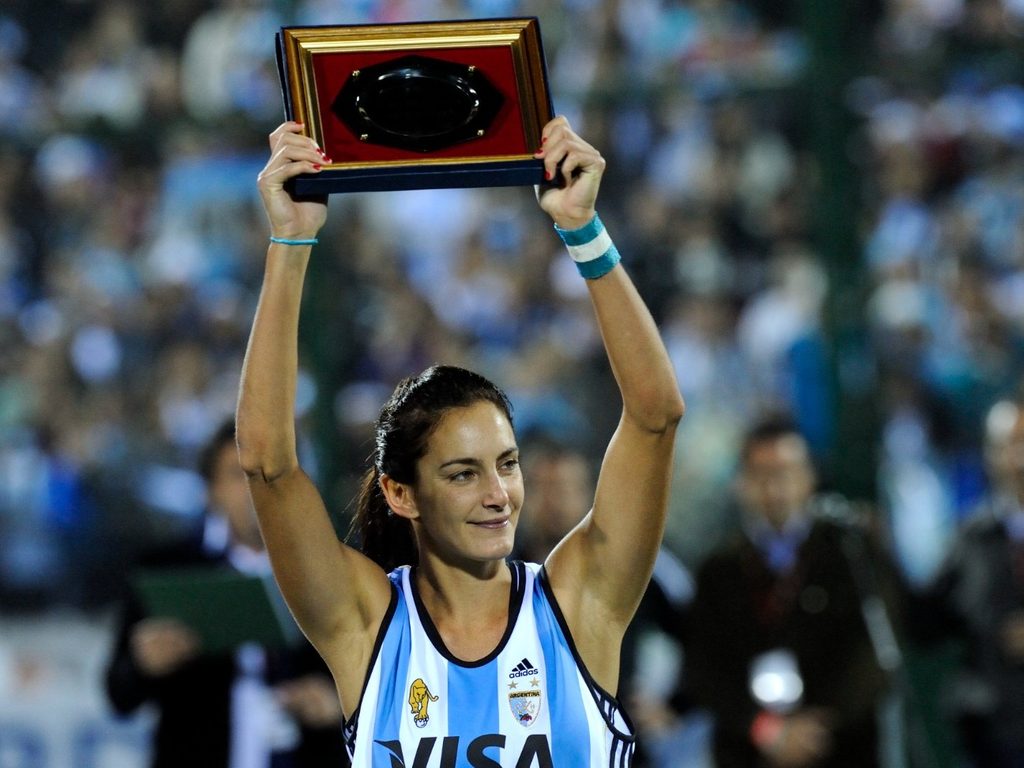
The 2010 World Cup in Rosario, Argentina, was all about one team and, in particular, one person – Luciana Aymar.
'It is not always necessary to have all the best players in one team to win,’ said the Argentinian legend, after her team lifted the World Cup in front of thousands of passionate Las Leonas fans. “But when you put on the Argentina shirt, there is a heart, a legend and a mystique about playing for Las Leonas which means you want to win everything.”
Aymar’s desire to play for the ‘shirt’ and to lift the trophy in front of her adoring fans led her to produce some moments of sheer magic throughout the course of the tournament.
The event had it all: a carnival atmosphere, a vibrant and noisy crowd, Argentinian hospitality and the excitement that builds in the local area when the host nation is doing well.
Argentina met Netherlands in the final, roared on by 12,000 expectant fans. Within three minutes Carla Rebecchi had opened the scoring and a penalty corner from Noel Barrionuevo extended the Argentina lead just before half-time but then Netherlands’ own superstar, Maartje Paumen, fired home a penalty corner to halve the home side’s lead. The win was sealed when Rebecchi scored her second.
"We really wanted this title. The girls won all their matches playing with fight, passion and heart,” said Argentina’s head coach Carlos Retegui speaking on Argentinian television after the match. It was a point with which his captain, Aymar, agreed. “This wasn't our best performance but we took our chances and defended with grit."
Hup, hup Holland
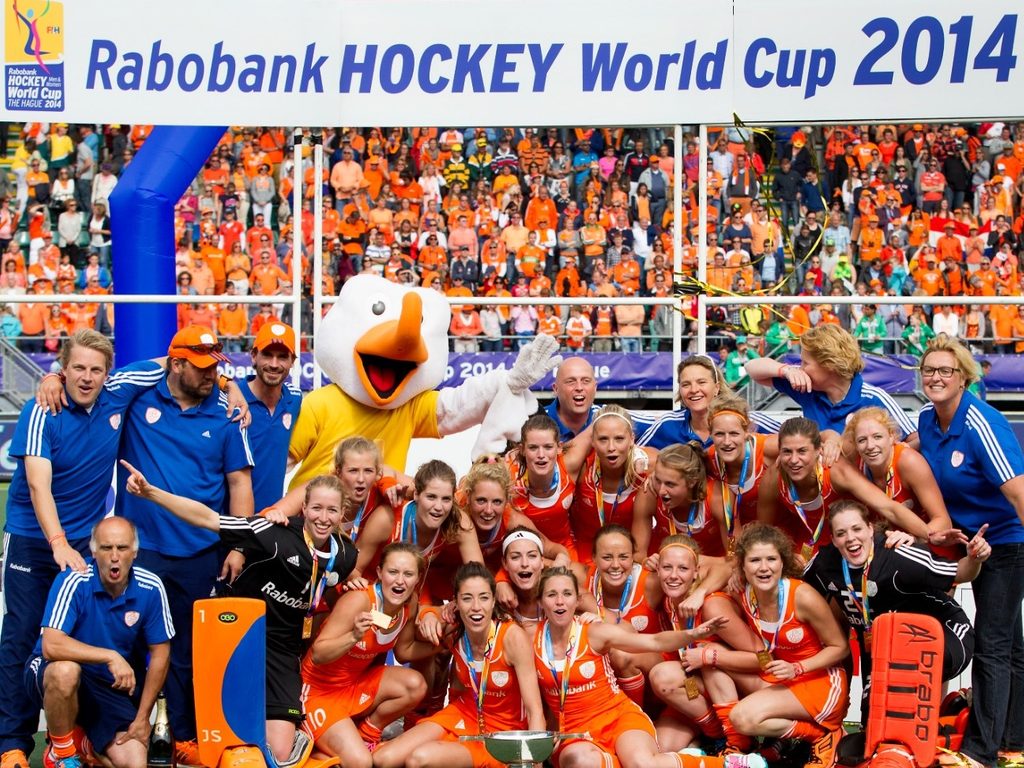
And so to The Hague 2014. This was the first event where the men's and women's competition was run simultaneously. In line with the FIH's drive to make the sport completely gender neutral, the matches received equal broadcast coverage whether they were men's or women's games, and the resources invested into both events was also equal.
The streets around the stadium and in the heart of the city were decked in the national colour, orange. There were hockey events all over the region, with beach hockey taking place at Scheveningen, the Master's World Cup was held down the road at Rotterdam alongside a disability hockey event.
At the venue itself, usually home to football club ADO Den Haag, the whole complex turned into a hockey mecca. The spectators' village was a place for hockey fans and their heroes to meet. The players passed through the village on their way to their buses, so there was plenty of opportunity for players, their families and fans to mingle.
There were two pitches: the temporarily constructed Greenfields site, which played host to some of the pool games in the opening rounds of the two events; and the main Kyocera stadium. The capacity in the main stadium was 15,000 and, when it was full, the pitch and the stands became a cauldron.
Netherlands faced Argentina in the semi-finals – a rematch of the 2010 final. This time it was Argentina facing a huge orange-clad crowd, and this time, with Luciana Aymar well below par, with a hamstring heavily strapped, it was Netherlands who made home advantage count.
Goals from Xan de Waard, Maartje Paumen and two goals from Kim Lammers saw off the threat from their old nemesis.
All that stood between the Dutch and their seventh World Cup was the gold and green of Australia. The Hockeyroos had enjoyed a good tournament, with their dual penalty corner specialists, Jodie Kenny and Anna Flanagan striking home on eight occasions – with Flanagan scoring six of those. Australia would undoubtedly present a threat but as the Netherlands strode out into the warm sunshine and a crowd of 15,000, mostly Dutch supporters, the outcome seemed inevitable.
Paumen struck in the 17th minute to bring her own tally to seven and her team’s tally to an impressive 23 goals for and one against. Kim Lammers sealed the deal and the Oranje lifted the trophy to a cacophony of shouts: ‘Hup, Hup Holland’.
Irish eyes were smiling
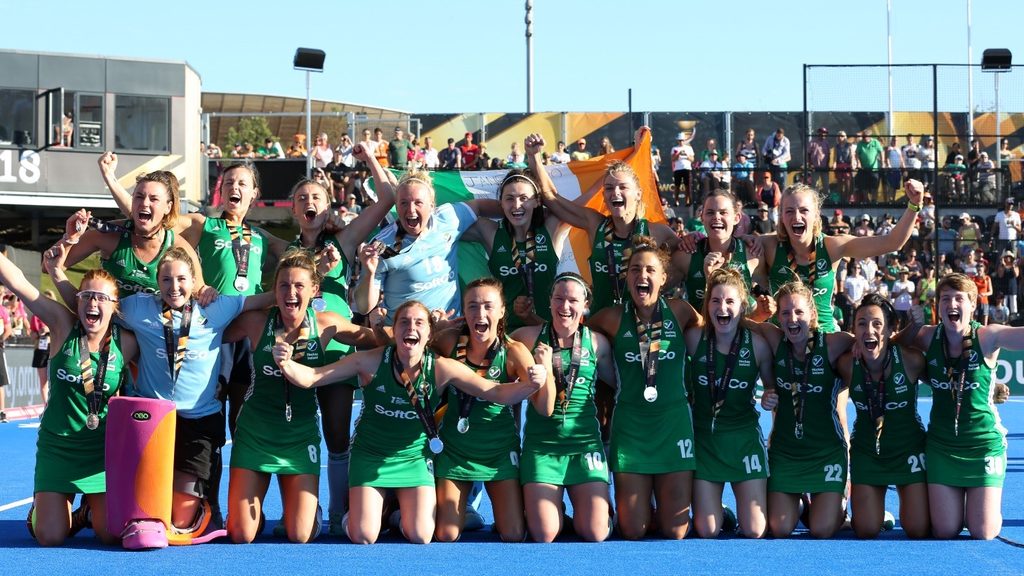
The story of the 2018 Women’s World Cup was all about Dutch domination and the fairy tale story of the Ireland women’s hockey team.
While the Netherlands strode imperiously to the title, not losing a game in the whole competition, Ireland were making their own history. Never has a silver medal been so passionately celebrated as the debutant Irish team confounded everyone by making it to the final.
Ireland’s momentum began with a surprise win over the USA; it continued in the quarter-finals with a shoot-out win against India; Spain were the next team to be bowled over by the Green Army, meaning Ireland would face the Netherlands in the final.
The fact that the scoreline was 6-0 – a record win in a World Cup final – didn’t matter to the loud army of Irish fans who had bought last minute plane tickets to get to London to cheer the team on. Ireland had made the final on their first attempt and it was the type of fairytale that makes the World Cup such a special place in hockey’s history.
#HWC2023

